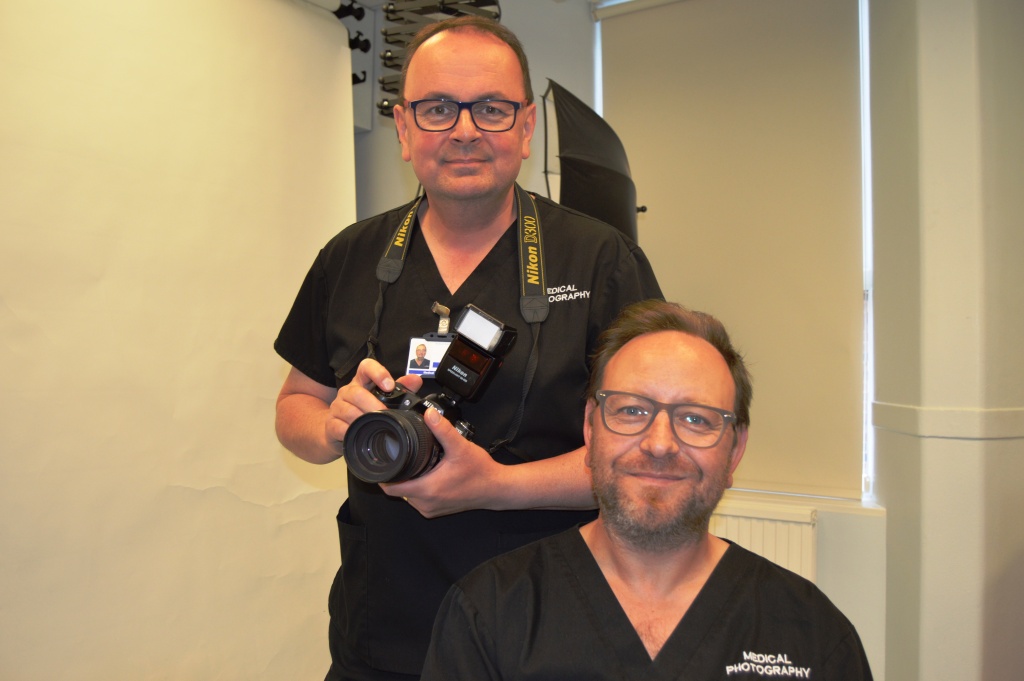As part of our #MyBTH campaign, we are highlighting individuals, teams or services that have an important role within the Trust, but who are not often heard of or understood.
Here we look at the MEDICAL PHOTOGRAPHY department…
You may wonder why the NHS would need medical photographers.
You also may be surprised to learn that without them, many injuries, surgical procedures, pressure sores, wounds, medical diseases and conditions would not be accurately recorded.
This three-person team, which includes Medical Photographer Paul Canning, covers all areas within the Trust.
Paul Canning, said: “Much of our work concentrates on documentary and evidential photography and video. Requests come in from the wards, A&E, Intensive Care Unit (ITU), High Dependency Unit (HDU), Acute Medical Unit (AMU), theatres and cardiac theatres, covering everything from ophthalmic retinal scans and imaging to specialised areas such as plastics, Ear Nose and Throat (ENT), orthopaedics, diabetic foot clinic, dermatology, gastroenterology, urology, neurology and orthodontics, microbiology and pathology. Images taken before, during and after a particular treatment or procedure can provide valuable evidence to the health professional. As a Teaching Hospital, we’re also able to provide photos and videos of wounds and complex surgical procedures for medical staff to incorporate into their teaching and training, sometimes showcasing new equipment or techniques.”
The photographers also take pictures for evidence such as in Safeguarding incidents. This can often be a harrowing prospect, but the team have to remain professional as an accurate visual record can be crucial in court cases.
But it’s not only a degree in Professional Photography and a Post-Graduate qualification in Medical Illustration that is an essential requirement for the job. Paul added: “We have to have a good rapport with everyone we meet. We feel very strongly about making the patient’s experience the best it can possibly be. Patients don’t expect to be photographed in hospital so it means a lot to us to get it right. We always take time to explain what we’re doing and why, those few extra moments to build that trust and respect can make all the difference.”
One of their more recent and rewarding projects involves working on Patient Diaries in ITU/HDU, where the patient is generally unconscious and is photographed showing all the equipment surrounding them. The idea is that the images are shown to the patient and their families as they recover, which can significantly help with their emotional rehabilitation.
“The job is extremely busy, challenging, and not for the faint hearted as you do need a strong stomach. My background working as a forensic photographer and instructor on crime scenes helps! After 32 years in this profession, I can honestly say that I still get a buzz every day and the reward is knowing we have helped both medical staff and the patients.”
